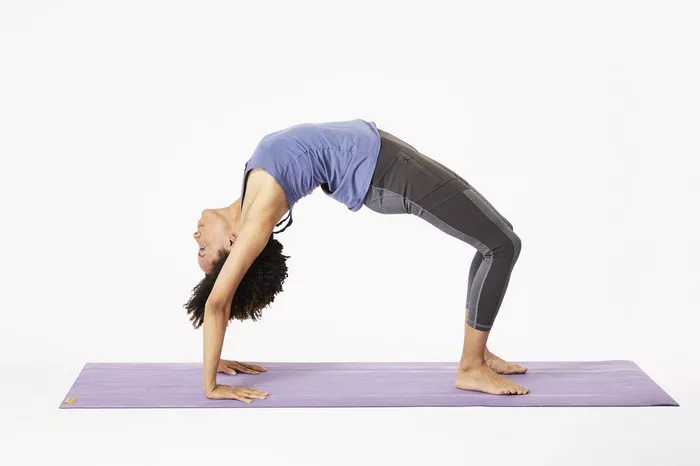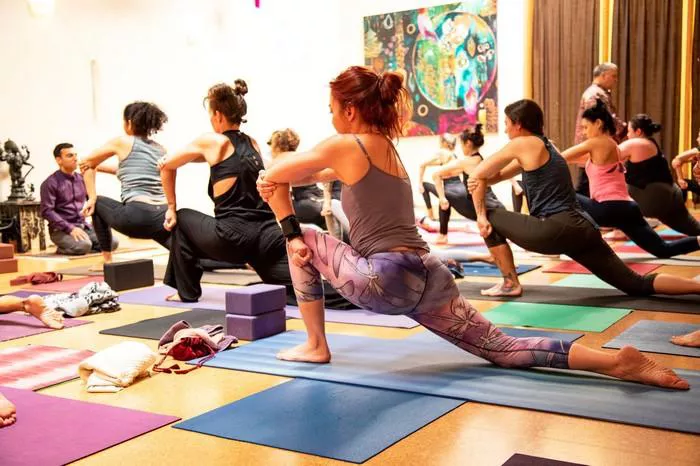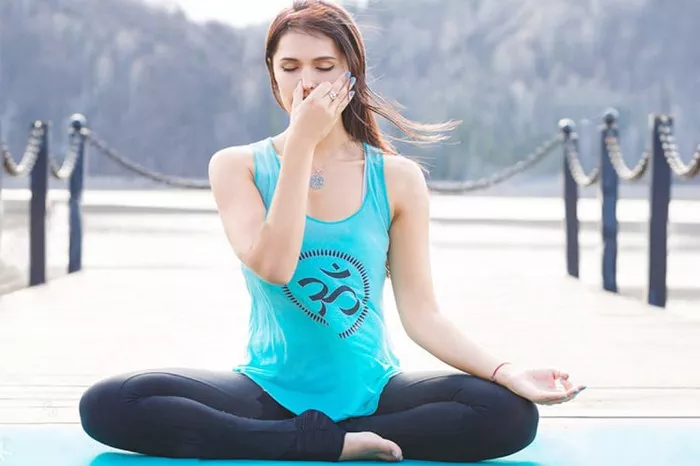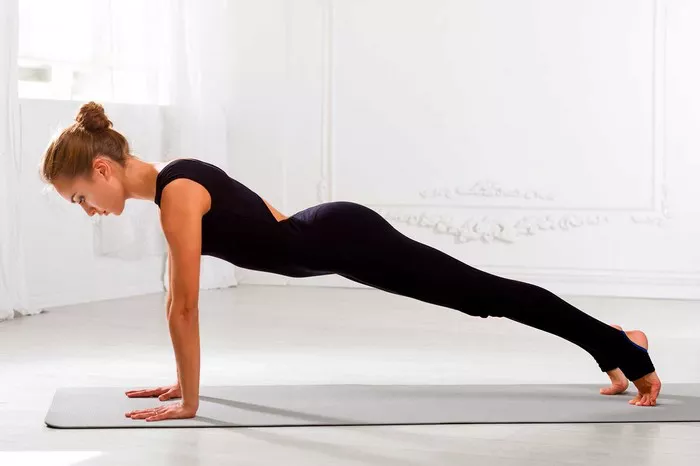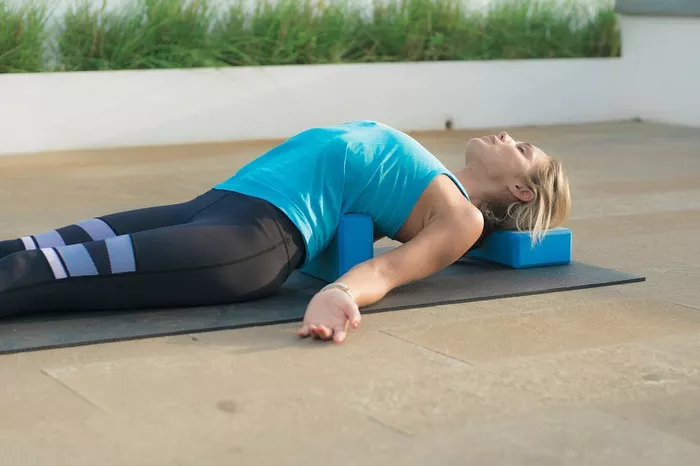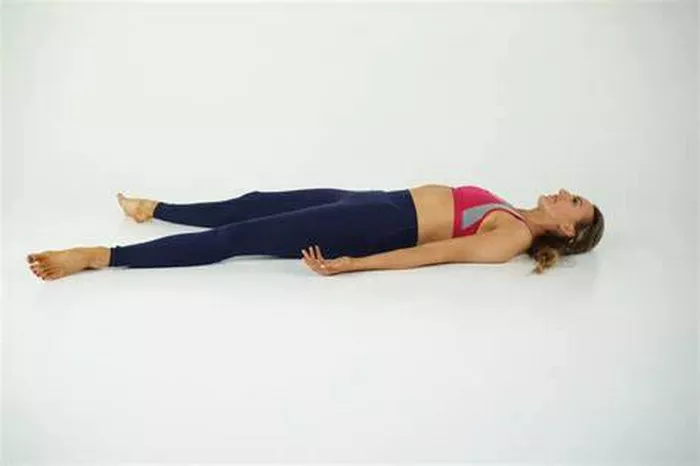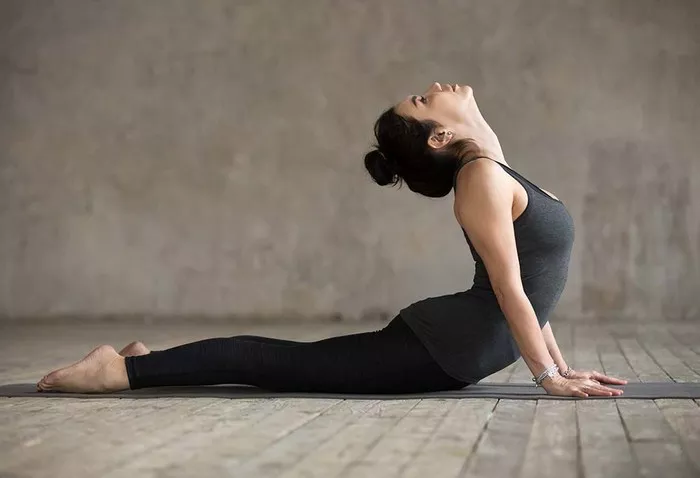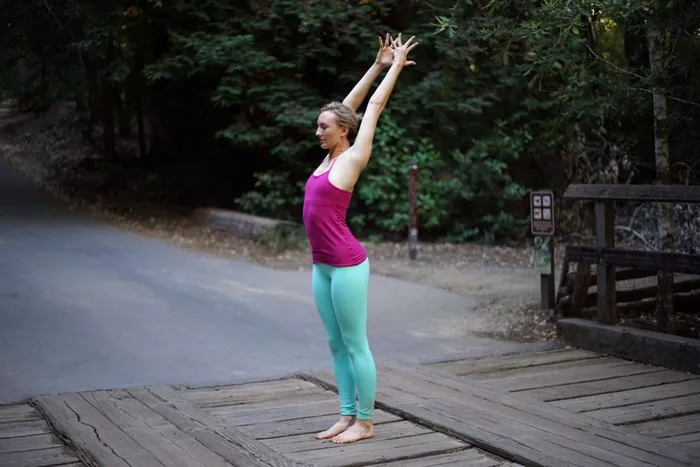Origins and Symbolism
The Wheel Pose, also known as Chakrasana in Sanskrit, has a rich history deeply rooted in the ancient practice of yoga. Its origins can be traced back to the foundational texts of yoga, such as the Yoga Sutras of Patanjali and the Hatha Yoga Pradipika. In these texts, the Wheel Pose is often associated with the opening of the heart chakra, Anahata, symbolizing love, compassion, and emotional balance.
The symbolism of the Wheel Pose extends beyond its physical manifestation. It represents the cyclical nature of life, the continuous journey of growth, and the interconnectedness of mind, body, and spirit. By embodying the shape of a wheel, practitioners aim to tap into the universal energy flow, fostering harmony and alignment within themselves and with the world around them.
Physical and Mental Benefits
The Wheel Pose offers a myriad of benefits for both the body and the mind. From physical strength to emotional resilience, its transformative effects are manifold:
1. Strengthens the Spine: As the body arches into the shape of a wheel, the spine is stretched and strengthened, improving flexibility and promoting spinal health.
2. Opens the Chest and Shoulders: By expanding the chest and stretching the shoulders, the Wheel Pose counteracts the effects of modern sedentary lifestyles, where hunching over screens is all too common.
3. Stimulates the Heart Chakra: Energetically, the Wheel Pose activates the heart chakra, fostering feelings of love, compassion, and connection.
4. Boosts Energy and Alleviates Fatigue: Inversions like the Wheel Pose increase blood flow to the brain, providing a natural energy boost and reducing feelings of fatigue.
5. Improves Digestion: The compression of the abdomen in the Wheel Pose stimulates the digestive organs, aiding in digestion and detoxification.
6. Enhances Emotional Well-being: The deep backbend of the Wheel Pose can release stored tension and emotions, promoting a sense of emotional release and well-being.
Variations and Modifications
While the traditional Wheel Pose is a powerful posture in its own right, there are several variations and modifications that cater to practitioners of all levels and abilities:
1. Supported Wheel Pose: For beginners or those with limited flexibility, using a bolster or yoga blocks under the hands can provide support and make the pose more accessible.
2. One-Legged Wheel Pose: This variation involves lifting one leg off the ground while in the Wheel Pose, adding an extra challenge and further engaging the core and leg muscles.
3. Wall-Assisted Wheel Pose: Practicing the Wheel Pose with the support of a wall can help beginners build confidence and overcome fear, as well as provide alignment cues for proper form.
4. Bound Wheel Pose: In this variation, the hands clasp behind the back while in the Wheel Pose, intensifying the stretch in the shoulders and chest.
5. Dynamic Wheel Pose: Incorporating movement into the Wheel Pose, such as rocking back and forth or pulsing the hips, can deepen the stretch and increase flexibility over time.
Step-by-Step Instructions
Before attempting the Wheel Pose, it’s essential to warm up the body with gentle stretches and preparatory poses such as Cat-Cow and Bridge Pose. Once adequately warmed up, follow these step-by-step instructions:
- Lie on your back with your knees bent and feet hip-width apart, heels close to your sitting bones.
- Place your hands alongside your ears, fingers pointing towards your shoulders, with elbows pointing straight up.
- Press into your hands and feet as you lift your hips off the mat, coming onto the crown of your head.
- Engage your core muscles and press firmly into your hands and feet to lift your head, chest, and abdomen off the mat, coming into the full expression of the pose.
- Keep your elbows parallel and avoid collapsing into the shoulders.
- Breathe deeply and hold the pose for 5-10 breaths, or as long as comfortable.
- To release, tuck your chin to your chest and slowly lower down, vertebra by vertebra, until your hips come back to the mat.
- Rest in Corpse Pose (Shavasana) to allow the body to integrate the benefits of the pose.
Precautions and Contraindications
While the Wheel Pose offers numerous benefits, it’s essential to practice with mindfulness and awareness of your body’s limitations. Here are some precautions and contraindications to consider:
1. Avoid if Pregnant: Pregnant individuals should avoid deep backbends like the Wheel Pose, as they can put undue pressure on the abdomen and potentially harm the fetus.
2. Back or Neck Injuries: Those with a history of back or neck injuries should approach the Wheel Pose with caution and may need to avoid or modify the posture to prevent further injury.
3. High Blood Pressure: Individuals with high blood pressure should avoid holding the Wheel Pose for an extended period, as it can increase blood pressure further.
4. Wrist or Shoulder Issues: If you have wrist or shoulder issues, be mindful of the pressure on these joints in the Wheel Pose. Using props or modifying the pose can help alleviate discomfort.
5. Warm-up Adequately: Always warm up the body adequately before attempting the Wheel Pose to prevent strain or injury to the muscles and joints.
Conclusion
In conclusion, the Wheel Pose is a potent and transformative yoga posture that offers a myriad of physical, emotional, and energetic benefits. By honoring its origins and symbolism, exploring variations and modifications, and practicing with mindfulness and awareness, practitioners can unlock the full potential of this powerful pose on their journey toward greater health and well-being.
FAQs:
Is a yoga wheel good for beginners?
Yes, a yoga wheel can be beneficial for beginners. It provides support and stability, aiding in balance and alignment during poses. The wheel can also assist in gradually increasing flexibility and strength, making it easier for beginners to deepen their practice over time. However, it’s essential for beginners to start slowly and listen to their bodies, avoiding overexertion or forcing themselves into poses beyond their current abilities.
Is Wheel Pose bad for your back?
Wheel Pose, also known as Urdhva Dhanurasana, can be strenuous for the back if not performed correctly or if the practitioner has pre-existing back issues. It requires significant spinal extension and flexibility in the shoulders, thoracic spine, and hips. Individuals with back problems, such as herniated discs or spinal injuries, should approach this pose with caution and preferably under the guidance of a qualified yoga instructor to ensure proper alignment and support.
Is wheel a hard yoga pose?
Yes, Wheel Pose is considered a challenging yoga pose, especially for beginners or those with limited flexibility. It requires strength in the arms, shoulders, legs, and core, as well as significant spinal flexibility. Achieving the full expression of the pose can take time and consistent practice. Beginners may find it challenging to lift their bodies off the ground and extend fully into the pose. However, with regular practice, modifications, and proper warm-up, individuals can gradually progress in their ability to perform Wheel Pose effectively.

